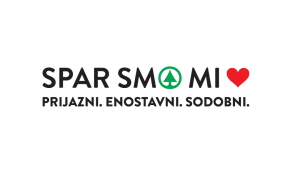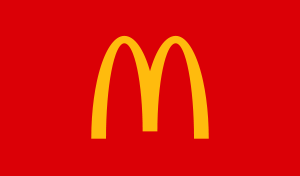Product costs and period costs definition, explanation and examples
![]()
The preceding list of period costs should make it clear that most of the administrative costs of a business can be considered period costs. Product costs (also known as inventoriable costs) are those costs that are incurred to acquire, manufacture normal balance or construct a product. In manufacturing companies, theses costs usually consist of direct materials, direct labor, and manufacturing overhead cost. In a manufacturing organization, an important distinction exists between product costs and period costs.
- In other words, period costs are expenses that are not linked to the production process of a company but rather are expenses incurred over time.
- In the intricate world of accounting and management, period costs stand as a critical concept that influences financial reporting and strategic decision-making.
- We follow strict ethical journalism practices, which includes presenting unbiased information and citing reliable, attributed resources.
- This necessitates a thorough analysis of both direct and indirect expenses to determine the minimum price at which a product can be sold without incurring a loss.
- On the other hand, if a cost is linked to a product, inventory, production, or goods and may be incurred over several accounting periods, you may be looking at a product cost.
Related Questions

In a manufacturing organization, an important difference exists between product costs and period costs. As a general rule, costs are recognized as how to find period costs expenses on the income statement in the period that the benefit was derived from the cost. So if you pay for two years of liability insurance, it wouldn’t be good to claim all of that expense in the period the bill was paid. Since the expense covers a two year period, it should be recognized over both years. Understanding these costs is not just about recording numbers; it’s about grasping their broader implications on pricing strategies, budgeting, forecasting, and tax considerations. The significance of period costs extends beyond mere accounting entries to become a cornerstone in shaping business tactics and financial health.

Product Costs

These expenses are pivotal for businesses to comprehend as they directly affect profitability and operational efficiency. Now let’s look at a hypothetical example of costs incurred by a company and see if such costs are period costs or product costs. Period costs are costs that cannot be capitalized on a company’s balance sheet. In other words, they are expensed in the period incurred and appear on the income statement. Period costs are typically located on the income statement for the accounting period in which they are incurred. Prepaid expenses are reported on the income statement for the accounting period in which they are used or for when they expire.

Frequently Asked Questions (FAQs)

Period costs encompass a variety of expenses that are essential for the day-to-day operations of a business but are not part of the manufacturing process. Selling costs relate to the activities that generate sales and include advertising, sales commissions, and promotional materials. Administrative costs pertain to the general management of the business and include executive salaries, legal fees, and other overhead not related to production. Understanding these types of period costs is important for managers as they plan and evaluate the company’s activities and performance.
- Period costs reduced net income when they are expensed on the income statement.
- For instance, a spike in rental expenses due to market changes would necessitate a reevaluation of pricing to ensure that the increased costs do not erode profit margins.
- “Period costs” or “period expenses” are costs charged to the expense account and are not linked to production or inventory.
- It will keep accruing, and an entity will have to bear the same without profit or revenue.
- Period expenses are usually calculated by adding together all expected payments for a period, then subtracting any amounts that were paid early.
- Period costs are the costs incurred by a company to produce goods or render services that cannot be capitalized into prepaid expenses, inventory, or fixed assets.
It is important to keep track of your total period cost because that information helps you determine the net income of your business for each accounting period. The main benefit of classifying costs as either product or period is that it helps managers understand where their costs are being incurred and how those costs relate to the production process. This information can be used to make decisions about where to allocate resources and how to improve efficiency. These costs are identified as being either direct materials, direct labor, or factory overheads, and they are traceable or assignable to products. Unlike period expenses, operating expenses often cannot be easily identified by when payments are received or made during the accounting periods that they affect.
- Period costs are only reported on the income statement for the period in which they are used up or incurred.
- On the other hand, a company that does not produce goods or does not carry inventory of any kind will not have any product costs to report on its financial statements.
- Additionally, businesses must be agile in their pricing strategies to respond to fluctuations in period costs.
- Since product costs are linked to a product, a company can report such costs in the category of cost of goods sold on the income statement.
- The Management accountant has to carefully evaluate the time cost and check whether the same will form part of an income statement.
- Our team of reviewers are established professionals with decades of experience in areas of personal finance and hold many advanced degrees and certifications.
They are also included in determining the amount of revenue that has been earned when an asset is sold, which in turn can affect both revenues and costs in future accounting periods. In general, period expenses include items such as rent, utilities, insurance, and property taxes. They can also include legal fees and loan interest if these amounts are paid in advance. To quickly identify if a cost is a period cost or product cost, ask the question, “Is the cost directly or indirectly related to the production of products? On the other hand, a company that does not produce goods or does not carry inventory of any kind will not have any product costs to report on its financial statements.






